Publicado el 27 de julio de 2006
_
Lámina 4: Ídolo partido en Copán
_
__"Yaciendo sobre el reflejo de las aguas, frente a un trasfondo tumultuoso, aparece esta escultura dramáticamente alumbrada. La serenidad en la expresión del ídolo y la aparente inmovilidad de las estructuras de piedra contrastan drásticamente con el caos que las rodea.
__Podemos evidenciar la influencia del estilo Romanticismo (1830-1970) en Catherwood por el ambiente que creó en este grabado. Las emociones y los colores dramáticos son característicos de este periodo. De igual forma Le Jeune Martyre (La Joven Mártir) de Paul Delaroche (1855) muestra una figura pacífica, víctima de su entorno, atrapada en la tormenta, que parece resuelta a subsistir. Este es el mismo efecto que produce la representación de Catherwood de la estela partida.
__Catherwood estudió arquitectura en la Academia Real de Londres; también viajó a Roma, Grecia, y Egipto dibujando ruinas bien conocidas en el mundo Occidental. Stephens dijo de esta estela “Es igual que cualquiera de las mejores reliquias de arte egipcio.” Para el tiempo en que Stephens y Catherwood los re-descubrieron, estos valiosos vestigios habían sufrido daños y estaban cubiertos por la vegetación salvaje, creando un paralelo consistente con el carácter vibrante de la cultura Maya en el mundo antiguo".
__Podemos evidenciar la influencia del estilo Romanticismo (1830-1970) en Catherwood por el ambiente que creó en este grabado. Las emociones y los colores dramáticos son característicos de este periodo. De igual forma Le Jeune Martyre (La Joven Mártir) de Paul Delaroche (1855) muestra una figura pacífica, víctima de su entorno, atrapada en la tormenta, que parece resuelta a subsistir. Este es el mismo efecto que produce la representación de Catherwood de la estela partida.
__Catherwood estudió arquitectura en la Academia Real de Londres; también viajó a Roma, Grecia, y Egipto dibujando ruinas bien conocidas en el mundo Occidental. Stephens dijo de esta estela “Es igual que cualquiera de las mejores reliquias de arte egipcio.” Para el tiempo en que Stephens y Catherwood los re-descubrieron, estos valiosos vestigios habían sufrido daños y estaban cubiertos por la vegetación salvaje, creando un paralelo consistente con el carácter vibrante de la cultura Maya en el mundo antiguo".
_
* * * * * * *
Broken Idol at Copan
_
__"Lying in a reflective pool of water in front of a tumultuous background, a broken sculpture is dramatically lit. The serenity of the idol’s expression and the seeming permanence of the stone structures contrast poignantly with the harsh surroundings.
__The mood thus created shows that the Romantic style (1830-1870) influenced Catherwood. Emotion and dramatic coloring are typical of this period. Similarly La Jeune Martyre (The Young Martyr) by Paul Delaroche (1855) presents a peaceful figure; a victim of her surroundings, caught in a storm, she seems to endure with resolve. This same feeling is reflected in Catherwood’s depiction of the broken stele.
__Catherwood studied architecture at the Royal Academy in London; he also traveled to Rome, Greece, and Egypt illustrating ruins that were well-known to the Western world. Stephens claimed that “It [the stele] is equal to the best remains of Egyptian art.” When rediscovered by Stephens and Catherwood, these treasured remains had been damaged and hidden by the jungle, providing a powerful parallel to the once vibrant ancient Maya".
__The mood thus created shows that the Romantic style (1830-1870) influenced Catherwood. Emotion and dramatic coloring are typical of this period. Similarly La Jeune Martyre (The Young Martyr) by Paul Delaroche (1855) presents a peaceful figure; a victim of her surroundings, caught in a storm, she seems to endure with resolve. This same feeling is reflected in Catherwood’s depiction of the broken stele.
__Catherwood studied architecture at the Royal Academy in London; he also traveled to Rome, Greece, and Egypt illustrating ruins that were well-known to the Western world. Stephens claimed that “It [the stele] is equal to the best remains of Egyptian art.” When rediscovered by Stephens and Catherwood, these treasured remains had been damaged and hidden by the jungle, providing a powerful parallel to the once vibrant ancient Maya".
_
Shu LIU and Danielle GROGAN





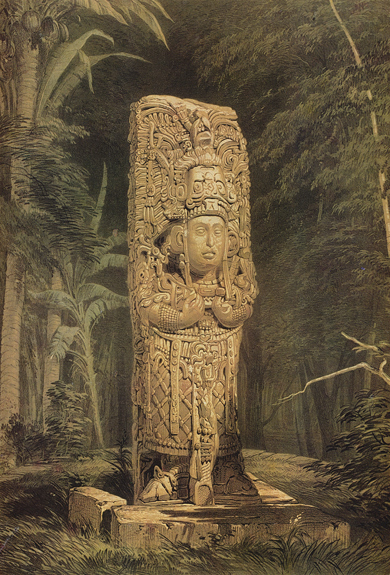
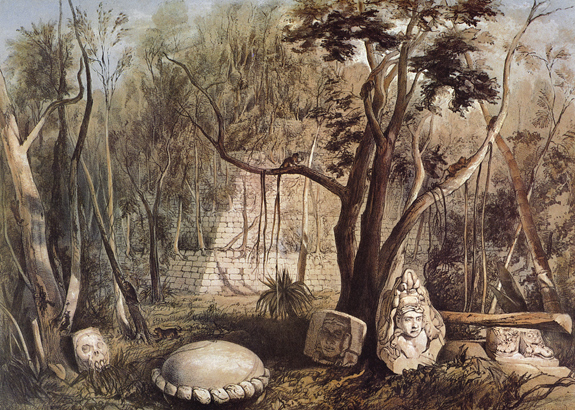
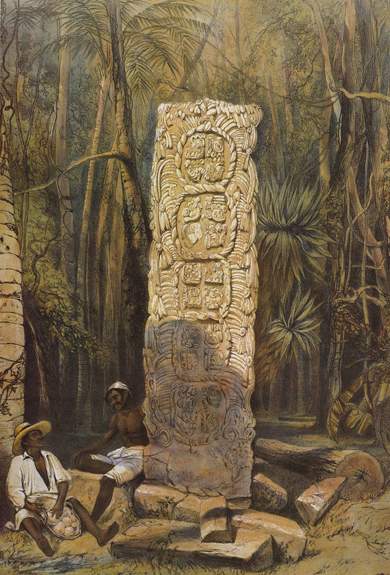
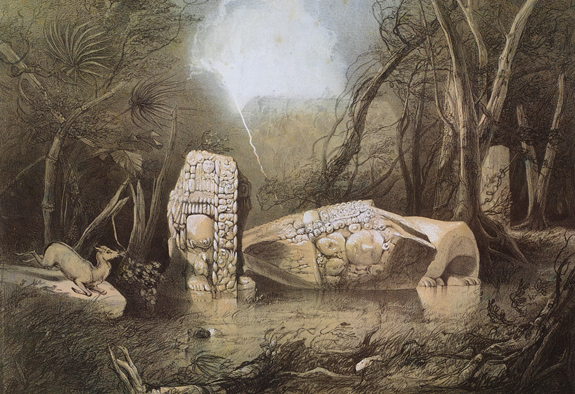
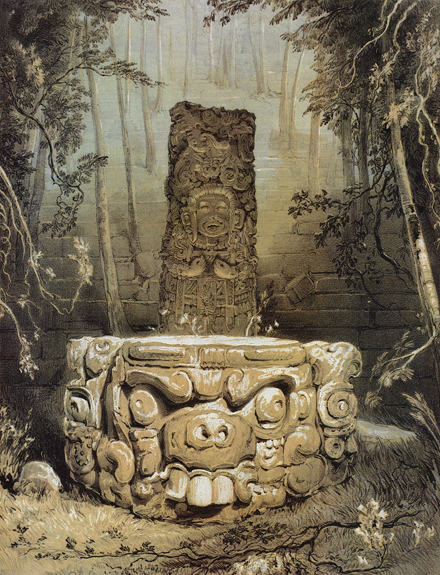

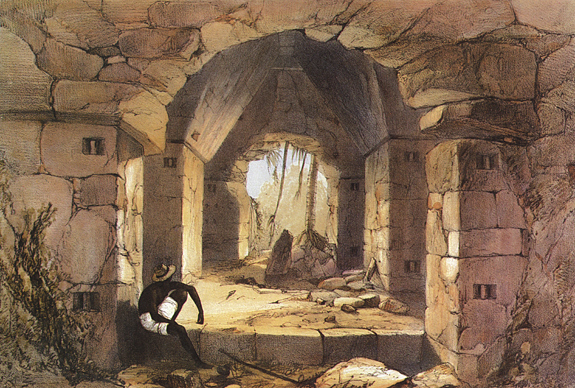

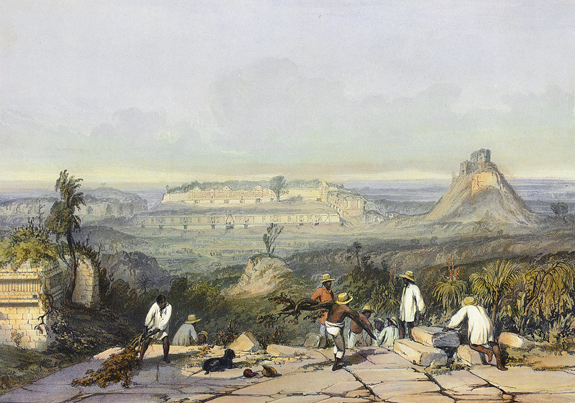
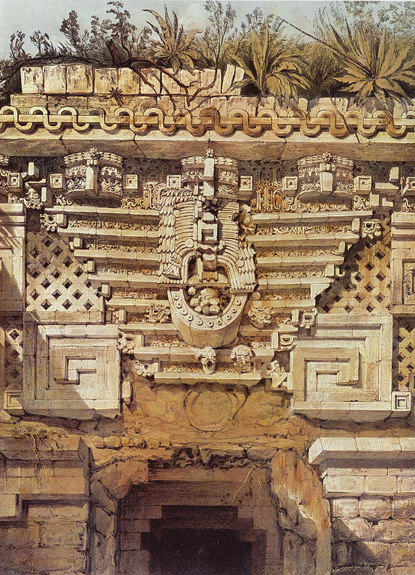
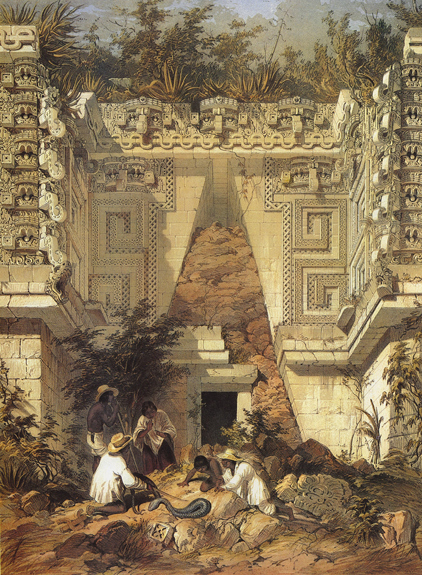

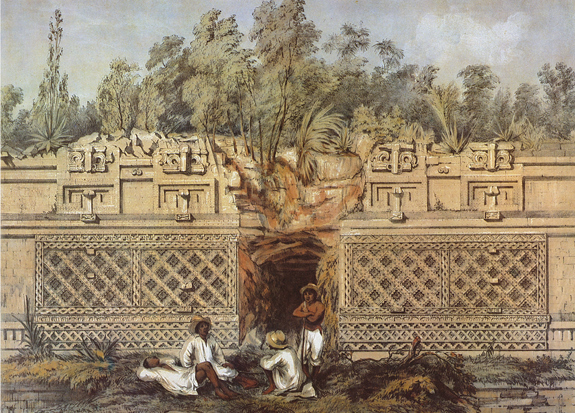
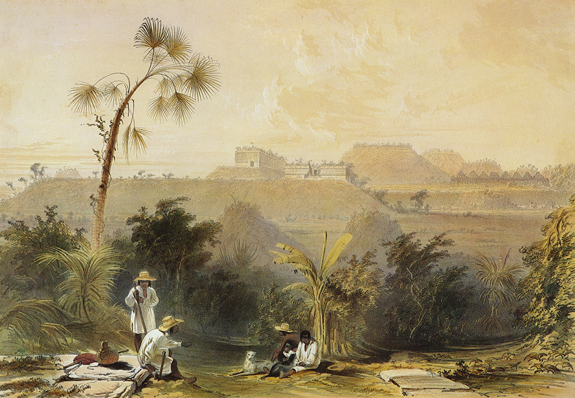

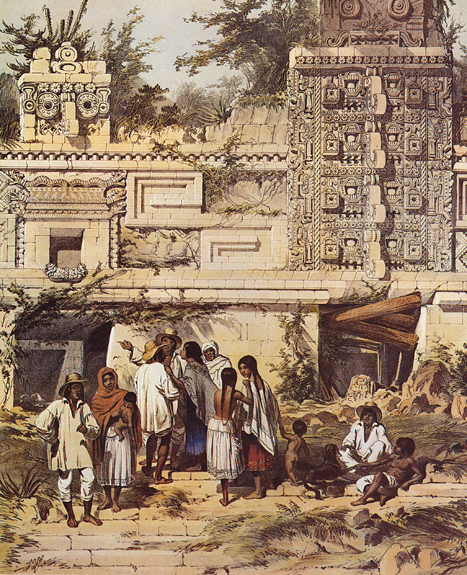
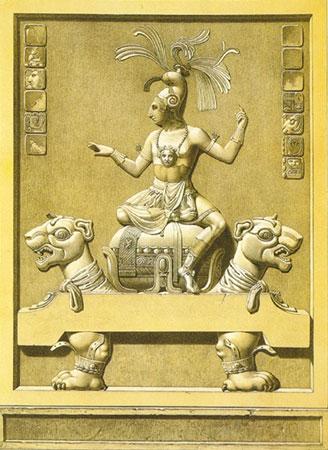
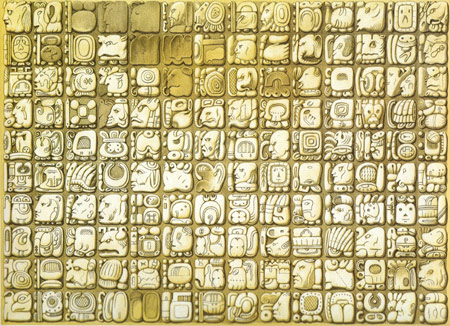
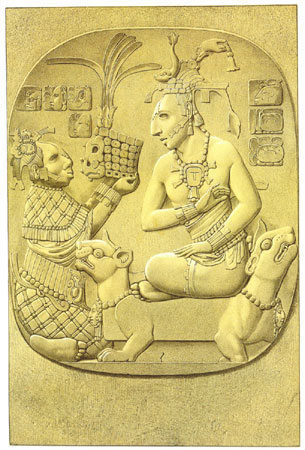
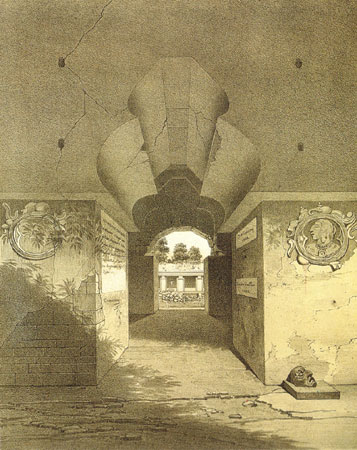



No hay comentarios:
Publicar un comentario